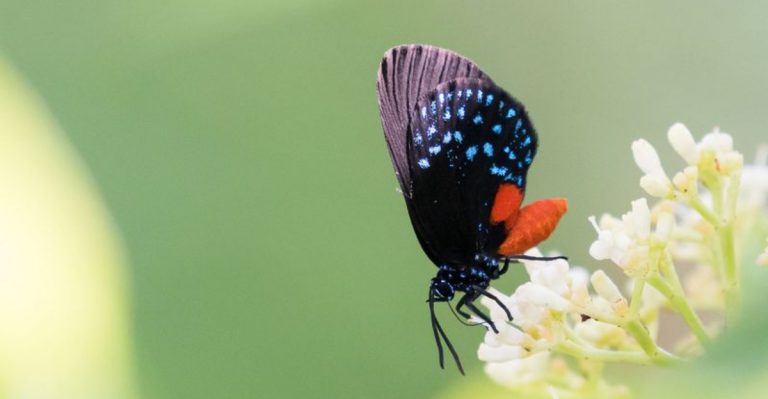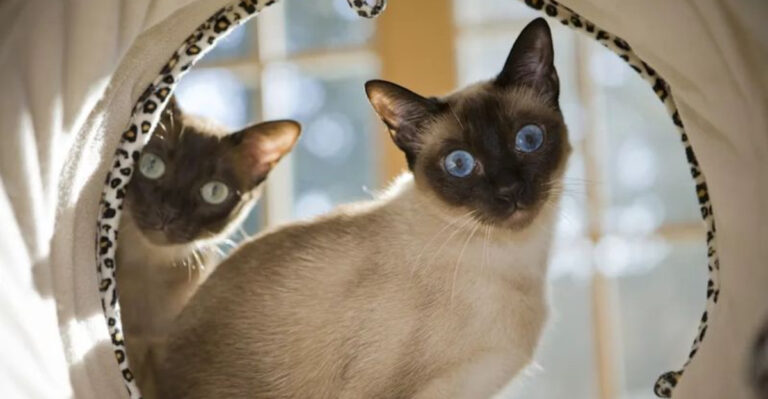Michigan’s Long-Lost ‘Ghost’ Animal Caught On Camera For The First Time In Over A Century
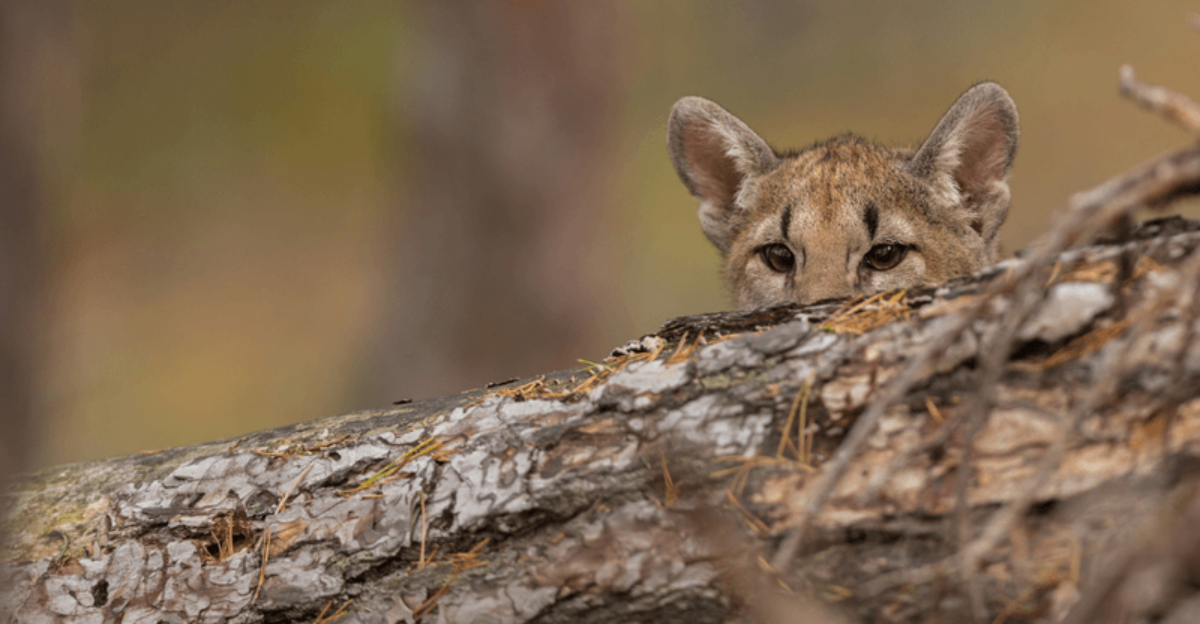
A legendary phantom has stepped out of Michigan’s shadows. After more than 100 years of whispered sightings and disputed claims, a wild cougar has been officially documented roaming the state’s wilderness.
This remarkable discovery has wildlife experts buzzing and nature enthusiasts celebrating what many thought impossible – the return of Michigan’s apex predator, long believed extinct from the region.
The Ghost Cougar Returns After 100 Years In Hiding
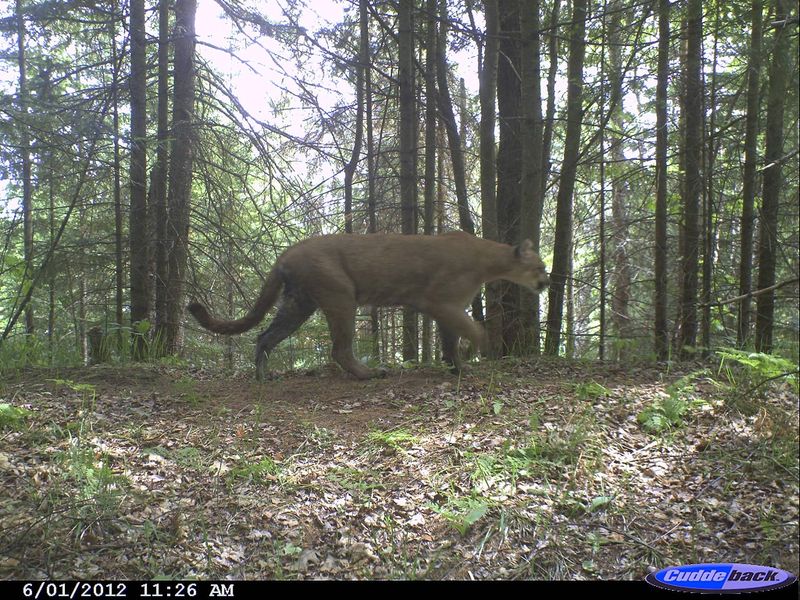
Michigan’s wildlife community erupted with excitement when trail cameras captured unmistakable images of a cougar prowling through the Upper Peninsula’s dense forests. The tawny predator, nicknamed the ‘ghost cat’ for its elusive nature, had vanished from official records since the early 1900s.
Local legends and campfire stories kept the cougar’s memory alive, despite scientific consensus that they’d been eliminated from the state. For generations, reported sightings were dismissed as mistaken identities or overactive imaginations.
Now, photographic evidence confirms what many Michiganians have claimed all along – the ghost cat never truly disappeared, but instead mastered the art of avoiding human detection in the state’s vast wilderness areas.
First Footage Captures Michigan’s Elusive Wild Cat
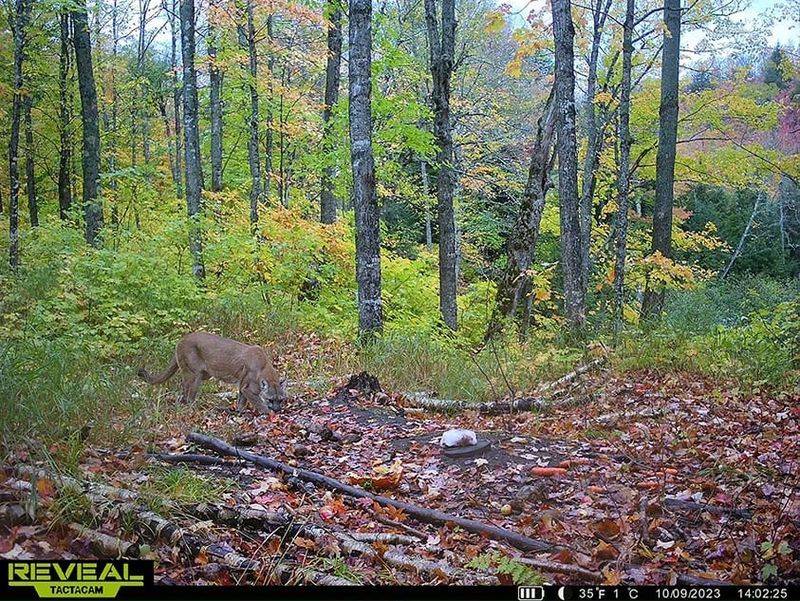
The breakthrough footage shows a healthy adult cougar moving confidently through a remote wooded area. Wildlife biologists analyzing the video noted the cat’s muscular build, estimated at 120-140 pounds, with the distinctive long tail that separates cougars from other large cats.
The quality of the recording surpassed previous alleged sightings, leaving no room for misidentification. Captured at night using infrared technology, the footage reveals natural hunting behaviors rarely witnessed in the wild.
GPS coordinates embedded in the video file helped researchers pinpoint the exact location, allowing follow-up studies that uncovered additional evidence, including tracks, scat, and signs of predation – all confirming this wasn’t just a one-time visitor but a resident predator.
Why Cougars Vanished From Michigan And What Brought Them Back
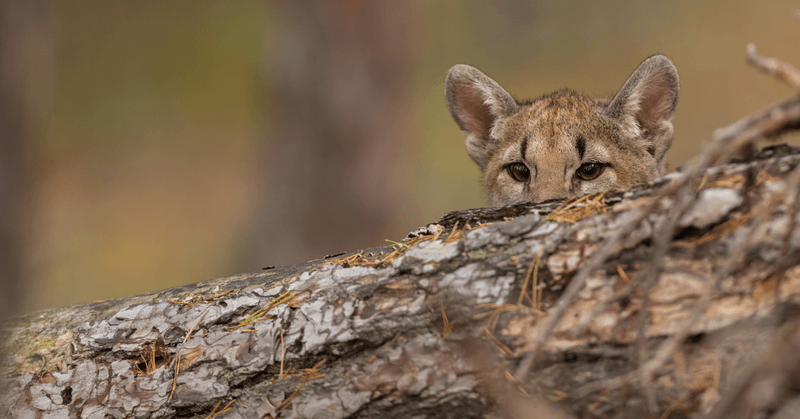
The cougar’s disappearance from Michigan stemmed from aggressive hunting campaigns in the 1800s. Settlers, fearing for livestock and personal safety, placed bounties on predators that nearly wiped out the population. Habitat loss from logging further pushed the big cats to the brink. Their return likely stems from several factors.
Protected status under conservation laws gave surviving populations in western states room to expand. Young male cougars naturally disperse hundreds of miles seeking new territory. Michigan’s recovering forests now support healthy deer populations, the cougar’s preferred prey.
With abundant food and decreased human hostility, these adaptable predators have quietly reclaimed parts of their historic range, completing a wildlife comeback story a century in the making.
How Trail Cams And Tech Finally Tracked Down A Wild Phantom
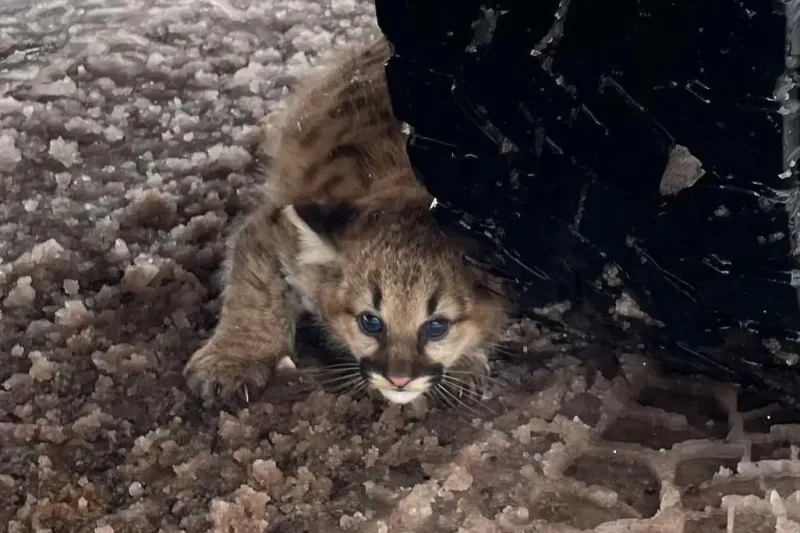
Modern technology proved crucial in confirming the cougar’s presence. Networks of motion-activated trail cameras, originally deployed to monitor deer populations, captured the first definitive images when traditional tracking methods failed.
Environmental DNA sampling – collecting and analyzing genetic material from soil, water, and scat – provided biological confirmation. Hair samples caught on special brushing stations yielded DNA matching western cougar populations, suggesting migration rather than escaped pets.
Citizen scientists played a vital role, too. Smartphone apps allowing instant reporting of wildlife sightings created a real-time map of potential cougar activity. This combination of high-tech tools and community involvement finally solved a wildlife mystery that had stumped researchers for decades.
What We Know About Michigan’s Mysterious Cougar

Preliminary analysis suggests Michigan’s cougar is a young male, approximately 2-4 years old. Males typically roam farther than females when establishing new territories, explaining why initial sightings involve solitary cats rather than breeding populations.
The animal appears to follow classic cougar behavior patterns – primarily hunting deer, remaining active at dawn and dusk, and avoiding populated areas. Tracking data indicates a territory spanning roughly 200 square miles of mixed forest and wetland habitat.
Unlike western mountain lions adapted to arid environments, Michigan’s cougar seems comfortable navigating the state’s snowy winters and dense undergrowth. Researchers are particularly interested in studying how this predator adapts hunting strategies to the region’s seasonal changes and prey availability.
A Phantom Predator Survives Against All Odds
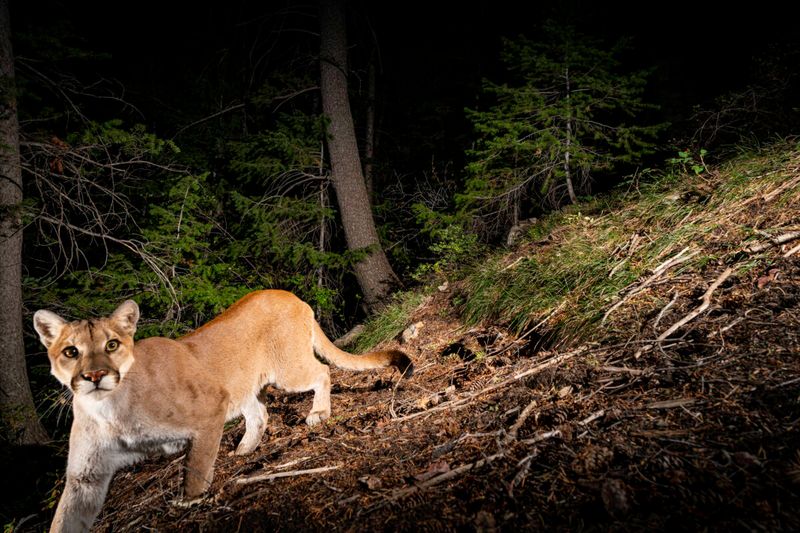
The cougar’s survival story defies wildlife management expectations. Experts had long concluded that Michigan’s landscape couldn’t support large predators without human conflict, yet this ghost cat proves otherwise. Cougars possess remarkable adaptability.
They can thrive in diverse habitats from mountains to swamps, surviving on whatever prey is available – from deer to porcupines. Their secretive nature allows them to live alongside humans without detection, sometimes for years. Michigan’s changing landscape inadvertently created perfect cougar habitat.
Abandoned farmland returned to forest, connecting previously fragmented wilderness corridors. Decreased hunting pressure in some areas allowed prey species to flourish. The cougar’s return represents nature’s resilience when given even the slimmest chance at recovery.
What Cougar Sightings Reveal About Michigan’s Wilderness
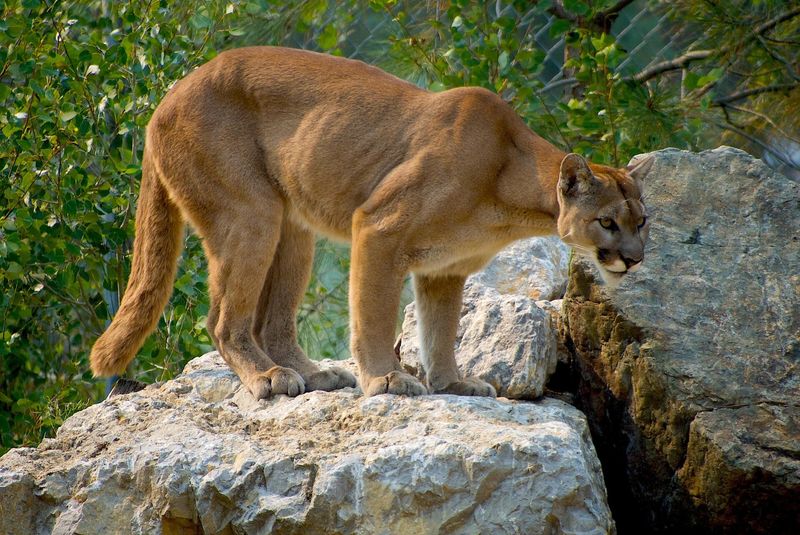
The cougar’s reappearance signals something remarkable about Michigan’s environmental health. These apex predators require vast territories of intact habitat and abundant prey – conditions many thought impossible in the modern Midwest.
Scientists view the cougar as an umbrella species whose presence benefits countless other creatures. By controlling deer populations, they prevent overgrazing that damages forest understory where songbirds nest. Their leftover kills provide food for scavengers from ravens to insects. The cat’s return challenges assumptions about wilderness in industrialized states.
Despite centuries of development, Michigan still harbors wild spaces remote enough for even the most secretive predators. This discovery prompts researchers to reconsider what other presumed-extinct species might still persist in overlooked corners of the Great Lakes region.
The Cougar’s Conservation Status Today
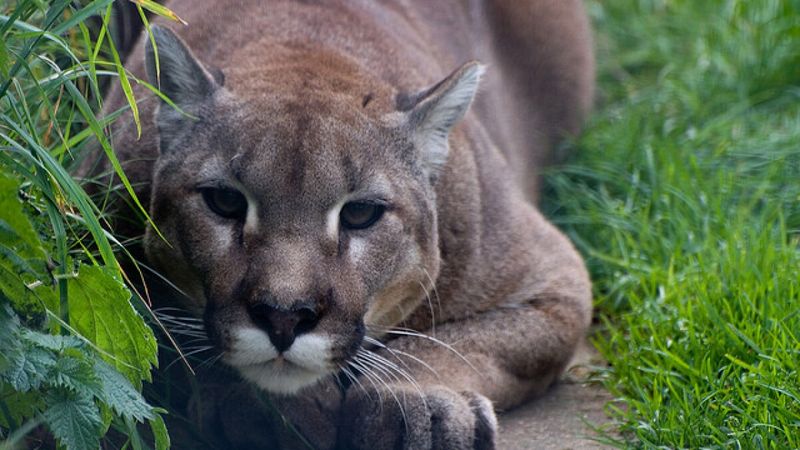
Michigan’s cougar currently exists in legal limbo. While federally protected in the eastern United States, state wildlife agencies must determine if the population represents a recovering native species or western migrants establishing new territory.
Conservation groups advocate for full protection status, pointing to the ecological benefits of having natural predators. Some hunting and farming organizations express concern about potential livestock predation and competition for game animals. Wildlife officials face complex management questions.
Should they actively monitor without intervention? Implement tracking programs? Develop response protocols for human-cougar encounters? Public education becomes crucial as residents adjust to sharing landscapes with an animal absent for generations. The ghost cat’s reappearance forces Michigan to redefine its relationship with wild predators in the modern era.
What’s Next For The Ghost Cougar?
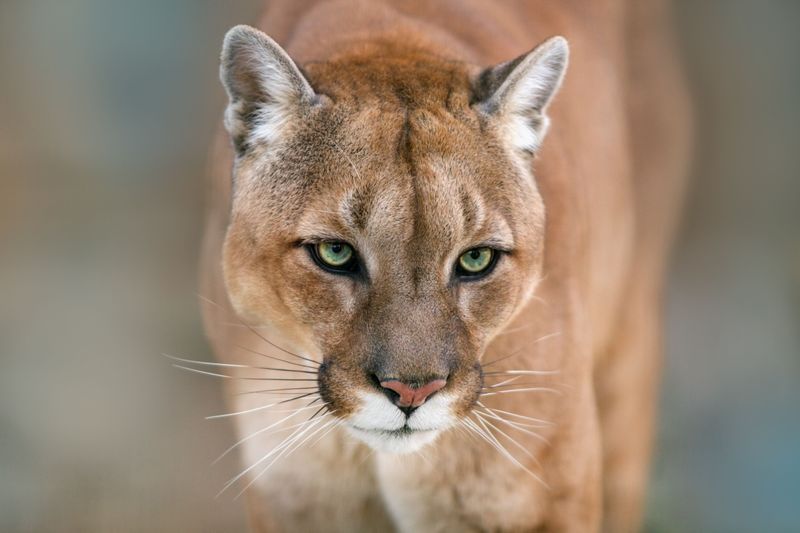
The future remains uncertain for Michigan’s newest predator. Researchers now focus on determining whether this sighting represents a lone wanderer or evidence of a small breeding population. Trail cameras have been strategically placed along likely travel corridors to capture additional individuals. Female cougars are the key to establishment.
Without breeding females, even multiple male cougars represent only a temporary return. Scientists are collecting genetic samples to determine if Michigan’s cats share DNA with neighboring populations in Minnesota or more distant western states.
Long-term survival depends on public acceptance. Communities near confirmed sightings are receiving education about cougar behavior and safety. The next few years will reveal whether Michigan’s ghost cat becomes a permanent resident or remains a transient visitor in the state’s wild places.
Michigan’s Cougar Comeback: A Sign Of Wild Hope
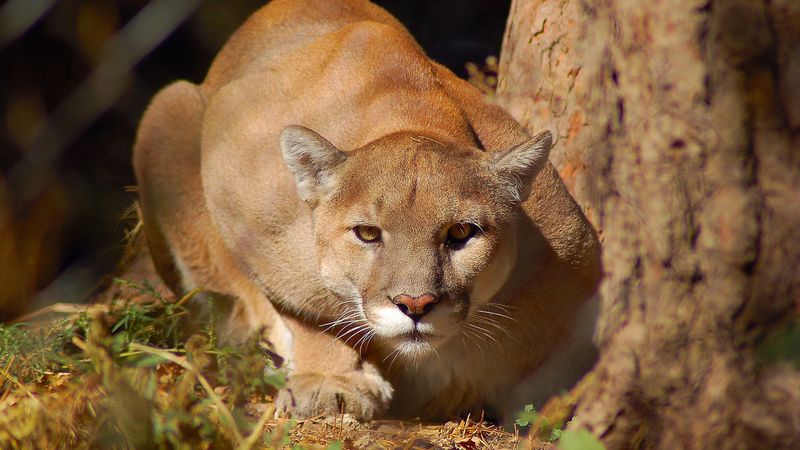
Beyond scientific significance, the cougar’s return carries powerful symbolic meaning. For many conservationists, it represents nature’s capacity for healing when given space and protection. Species once eliminated can find their way back if habitat corridors remain intact.
The ghost cat offers a rare positive headline in an era of troubling wildlife decline. While many species face extinction, this predator demonstrates that recovery is possible even after a century of absence. Its persistence reminds us that wild creatures often survive in shadows beyond human awareness.
Michigan’s cougar story continues unfolding. Each new sighting adds another chapter to a remarkable wildlife comeback tale. Whether the population grows or remains elusive, the mere presence of these magnificent cats transforms how we view the wild potential of America’s heartland forests.


